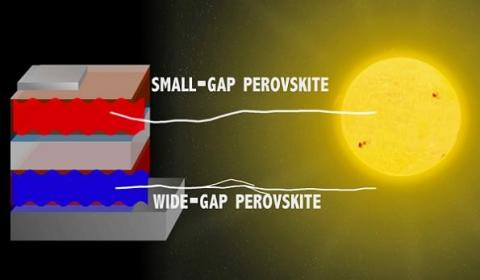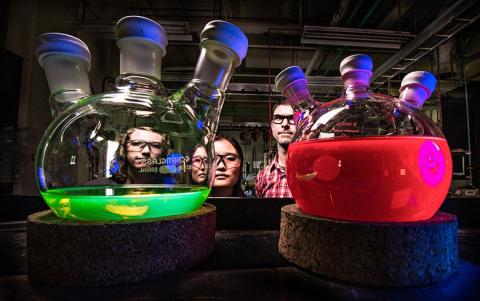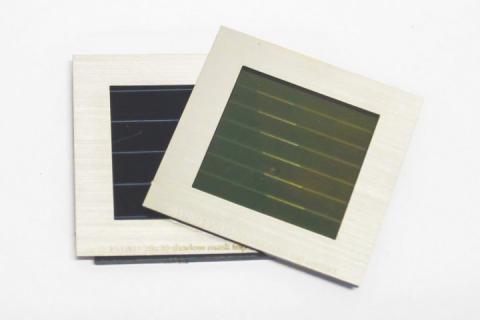Fluxim releases a new software tool to simulate large area perovskite solar cells
 Switzerland-based R&D tools provider Fluxim released a new simulation tool called Laoss. Laoss is aimed specifically for large area organic electronic devices - such as large OLED TV panels and perovskite solar cells.
Switzerland-based R&D tools provider Fluxim released a new simulation tool called Laoss. Laoss is aimed specifically for large area organic electronic devices - such as large OLED TV panels and perovskite solar cells.
Fluxim says that the Laoss software can be used to design optimal electrode lay-outs of any shape with and without current carrying grids. According to Fluxim, a carefully designed electrode layout avoids non-uniformities that arise due to the resistance of the electrode and charge injecting layers.



 US-based RRAM developer 4DS Memory announced that it developed a working 40nm
US-based RRAM developer 4DS Memory announced that it developed a working 40nm 
